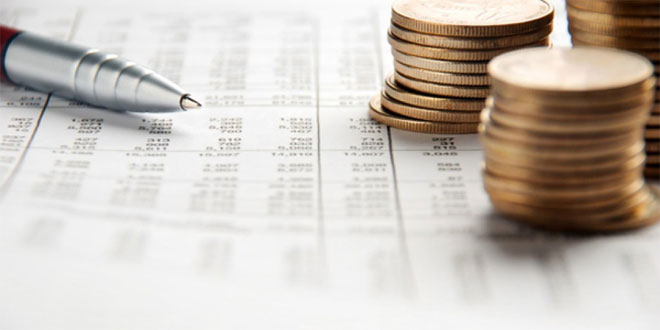Households in Morocco saw their financial wealth grow to 1.025 trillion dirhams (MMDH) in 2023, a 4.8% increase from the previous year, according to the 11th annual financial stability report by Bank Al-Maghrib, the Insurance and Social Security Supervisory Authority, and the Moroccan Capital Market Authority.
While this growth is notable, it is slower than the previous year, primarily due to the deceleration of bank deposits, which remain the predominant form of household savings, accounting for 81% of total savings. The report provides a comprehensive overview of the Moroccan financial system and analyzes key economic and financial trends.
After an average annual growth rate of nearly 5.4% over the past three years, household bank deposits grew by only 3.6% in 2023, reaching 833 billion dirhams. This slowdown highlights a shift in household financial behavior.
Investments in life insurance by households maintained a strong growth rate of 9.2%, albeit slower than in previous years. These investments now represent 11.8% of household financial wealth, driven by associated tax benefits.
Household investments in securities saw a notable increase of 11.4%, reaching nearly 71 billion dirhams. This portfolio has grown 1.5 times in less than six years, reflecting a rising interest in this type of asset.
The report also reveals a 3.2% increase in household debt held by banks and financing companies, totaling 411.6 billion dirhams. This growth contrasts with the average annual increase of over 5% observed from 2011 to 2021. Banks hold 82% of this debt, with nearly two-thirds in housing loans.
Relative to GDP, household debt stood at 28%, comparable to pre-pandemic levels. This is higher than in many developing and emerging economies but below the levels seen in advanced economies.
Housing loans grew by only 1.5% in 2023, the slowest pace in twenty years, reflecting a sluggish real estate sector and consumer caution. The total housing credit amounted to 261.1 billion dirhams, with a 3.4 billion dirhams increase from the previous year. Of this total, 21.7 billion dirhams were from participatory financing under the Mourabaha real estate product.
Consumer credit rose by 6.4%, reaching 150.4 billion dirhams. This increase is driven by an 8.4% rise in financing from consumer credit companies and a 4.6% increase from banks. Analyzing the purpose of these loans, 67% are personal loans, 17% for vehicle purchases, 12% for household equipment, and 4% for credit cards.
Loans with an initial term of over 7 years accounted for 44% of total loans, a slight decrease of 1.5 points from 2022. Loans with a term between 5 and 7 years made up 37%, while those between 3 and 5 years accounted for 15%.





